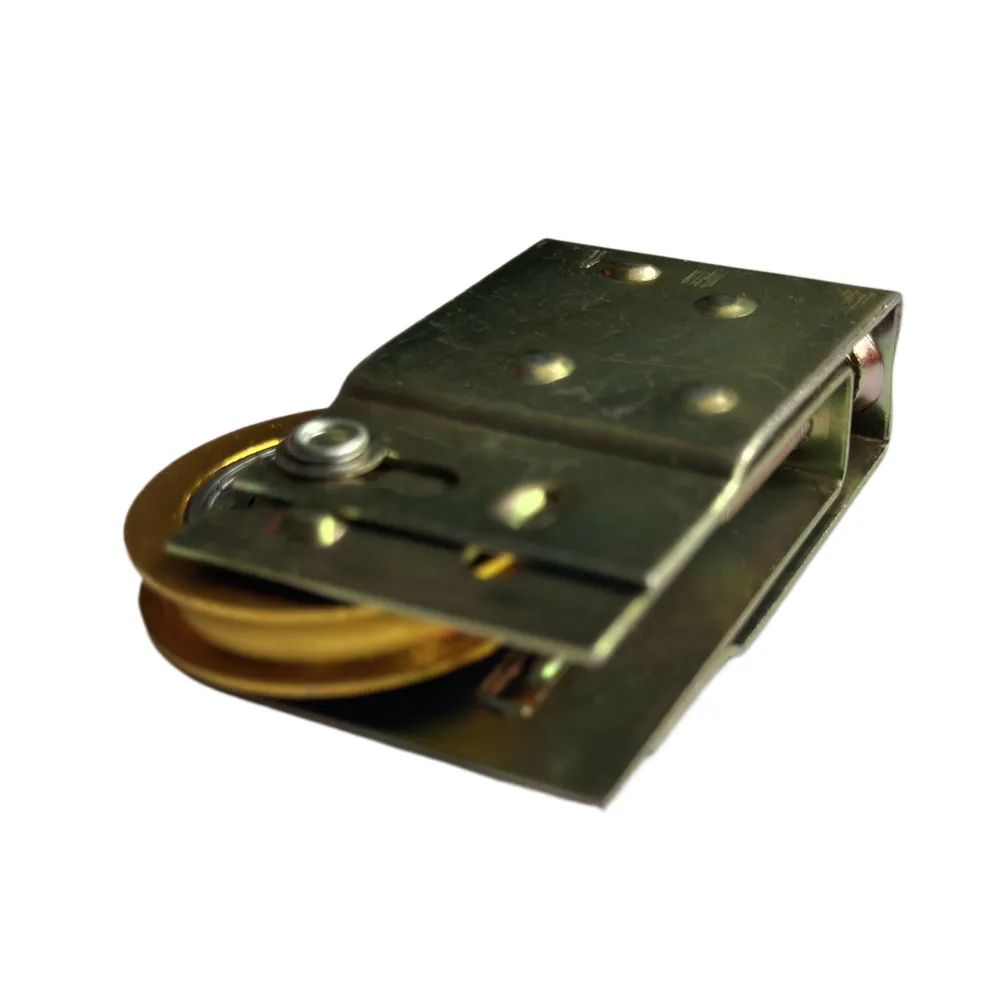Exploring Various Designs and Functions of Spearheads Across Different Cultures and Eras
Types of Spearheads A Historical Overview
Spears have been an integral part of human warfare and hunting since prehistoric times. Their primary utility lies in their versatility as both a ranged weapon and a close-combat tool. At the heart of any spear is its spearhead, the pointed tip designed for piercing, thrusting, and sometimes cutting. Throughout history, a variety of spearhead designs have emerged, each tailored to specific needs, materials available, and combat scenarios. This article explores some of the most notable types of spearheads and their functionalities.
1. Leaf-Shaped Spearheads
Perhaps the most recognized form of spearhead is the leaf-shaped design, which resembles a stylized leaf. These spearheads are broad, tapering towards the tip. Their shape allows for efficient cutting and thrusting, making them effective in close-quarter combat. Leaf-shaped spearheads were popular in various ancient cultures, including the Celts and the Romans. They were typically made from bronze or iron, showcasing the advanced metallurgy of their time. The broad blade also provided stability during thrusting, allowing for more powerful strikes.
2. Barbed Spearheads
Barbed spearheads feature one or more protruding barbs along the sides of the blade. This design is particularly effective for hunting, as the barbs prevent the spear from easily being withdrawn once it has pierced the target. Barbed spearheads are often used for fishing or hunting large game, ensuring that the spear remains embedded in the flesh of the creature. Different cultures, including Native American tribes and ancient Egyptians, utilized barbed designs to enhance their hunting success.
types of spear heads

Triangular spearheads are characterized by their pointed, three-sided shape. This design allows for excellent penetration and is particularly effective for thrusting attacks. The simplicity of the triangular design made it easy to manufacture, contributing to its widespread use across various civilizations. Whether made from stone, bronze, or iron, triangular spearheads were favored in both military and hunting contexts. They were especially common in the ancient Near East and among indigenous tribes in Africa.
4. Flanged Spearheads
Flanged spearheads have a distinctive flared design, with pronounced edges that widen towards the base. This type of spearhead is effective for both stabbing and slashing, giving it versatility in combat. The flanged shape provides additional surface area for cutting wounds, making it an excellent choice for close-quarters engagement. Flanged spearheads emerged in various cultures, including the Vikings and other medieval European societies, showcasing their adaptability in battle.
5. Socketed Spearheads
Socketed spearheads are designed to fit into a shaft that has been hollowed out at one end. This innovative design offers greater stability and strength, allowing for more forceful strikes. The socketed design became particularly prominent during the Iron Age, as advancements in metalwork made it easier to create durable and effective spearheads. By securely attaching the spearhead to the shaft, warriors could deliver powerful thrusts and maintain control during combat.
Conclusion
The evolution of spearheads reflects the ingenuity and adaptability of human societies throughout history. From leaf-shaped designs to flanged and barbed variants, each type of spearhead has its unique strengths and purposes. These weapon tips not only served as tools of war but also played critical roles in hunting, survival, and cultural expression across various civilizations. As we study these ancient designs, we gain insight into the technological advancements and strategic thinking of our ancestors, which have left a lasting impact on the development of weaponry and combat techniques.
-
Wrought Iron Components: Timeless Elegance and Structural StrengthNewsJul.28,2025
-
Window Hardware Essentials: Rollers, Handles, and Locking SolutionsNewsJul.28,2025
-
Small Agricultural Processing Machines: Corn Threshers, Cassava Chippers, Grain Peelers & Chaff CuttersNewsJul.28,2025
-
Sliding Rollers: Smooth, Silent, and Built to LastNewsJul.28,2025
-
Cast Iron Stoves: Timeless Heating with Modern EfficiencyNewsJul.28,2025
-
Cast Iron Pipe and Fitting: Durable, Fire-Resistant Solutions for Plumbing and DrainageNewsJul.28,2025
-
 Wrought Iron Components: Timeless Elegance and Structural StrengthJul-28-2025Wrought Iron Components: Timeless Elegance and Structural Strength
Wrought Iron Components: Timeless Elegance and Structural StrengthJul-28-2025Wrought Iron Components: Timeless Elegance and Structural Strength -
 Window Hardware Essentials: Rollers, Handles, and Locking SolutionsJul-28-2025Window Hardware Essentials: Rollers, Handles, and Locking Solutions
Window Hardware Essentials: Rollers, Handles, and Locking SolutionsJul-28-2025Window Hardware Essentials: Rollers, Handles, and Locking Solutions -
 Small Agricultural Processing Machines: Corn Threshers, Cassava Chippers, Grain Peelers & Chaff CuttersJul-28-2025Small Agricultural Processing Machines: Corn Threshers, Cassava Chippers, Grain Peelers & Chaff Cutters
Small Agricultural Processing Machines: Corn Threshers, Cassava Chippers, Grain Peelers & Chaff CuttersJul-28-2025Small Agricultural Processing Machines: Corn Threshers, Cassava Chippers, Grain Peelers & Chaff Cutters












